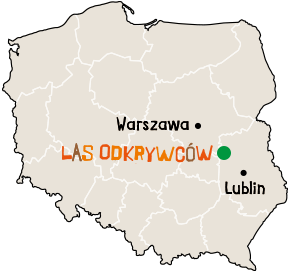Who eats leaves? Roe deer and red deer!
We’ll probably surprise you now — roe deer. Although closely related to deer, roe are a completely different species! A male roe is therefore not a male deer—it is a buck or a stag, and the female is commonly known as a doe.
A roe deer (Capreolus capreolus) weighs 20 to 22 kg and is 90 to 140 cm long. At its withers, i.e. the highest part of its back, it measures 60 to 90 cm and a buck’s antlers can be 25–30 cm long. Roe have long and thin legs and an elongated body. Its characteristic feature is a slender neck with a fine head. In summer and late spring, adult roe have a reddish brown fur, while in autumn they are grayish-yellow or grayish-brown.
Roe deer are a common species, which means they can be found practically everywhere—in a forest, field, meadow, etc. Originally, however, roe deer were a forest species that inhabited wooded areas with a large supply of deciduous trees, a staple in their diet. Their diet consists of hornbeam, oak, spruce and birch trees, as well as shrubs such as hazel and spindle.
The red deer (Cervus elaphus) is one of the largest mammals inhabiting Poland, next to the bison, moose and brown bear. Large males can grow to be 1.5 m at the withers and can even weigh excess of 250 kg! Females are usually smaller. The male deer is called a stag, and the female deer is a doe.
In the case of red deer, sexual dimorphism is very evident—males possess large antlers and are usually much larger than females. Red deer typically feed on shoots, leaves, bark and fruit, shrubs, as well as grasses, grain, herbs, potatoes and beets. In the winter they feed on dry grasses, mosses, lichens, and shoots of young conifers.
Hey, Explorer!
In the Las Odkrywców you will find the silhouettes of many forest animals, including bucks and doe of both Roe and Red deer. They are designed on a 1: 1 scale, meaning they reflect their actual size. We have one more member of the deer family here—the moose.
Find him, he’s really impressive!

